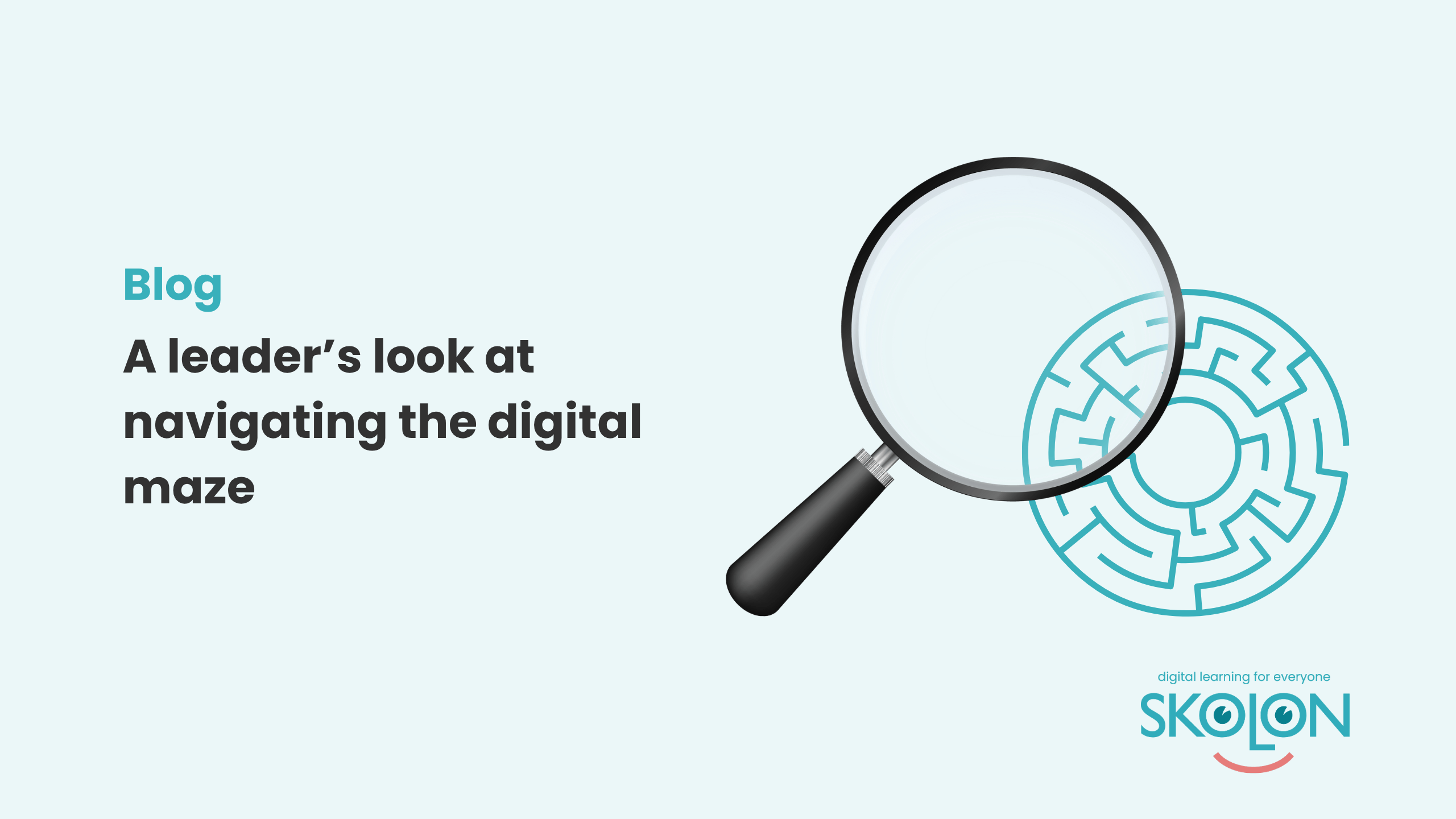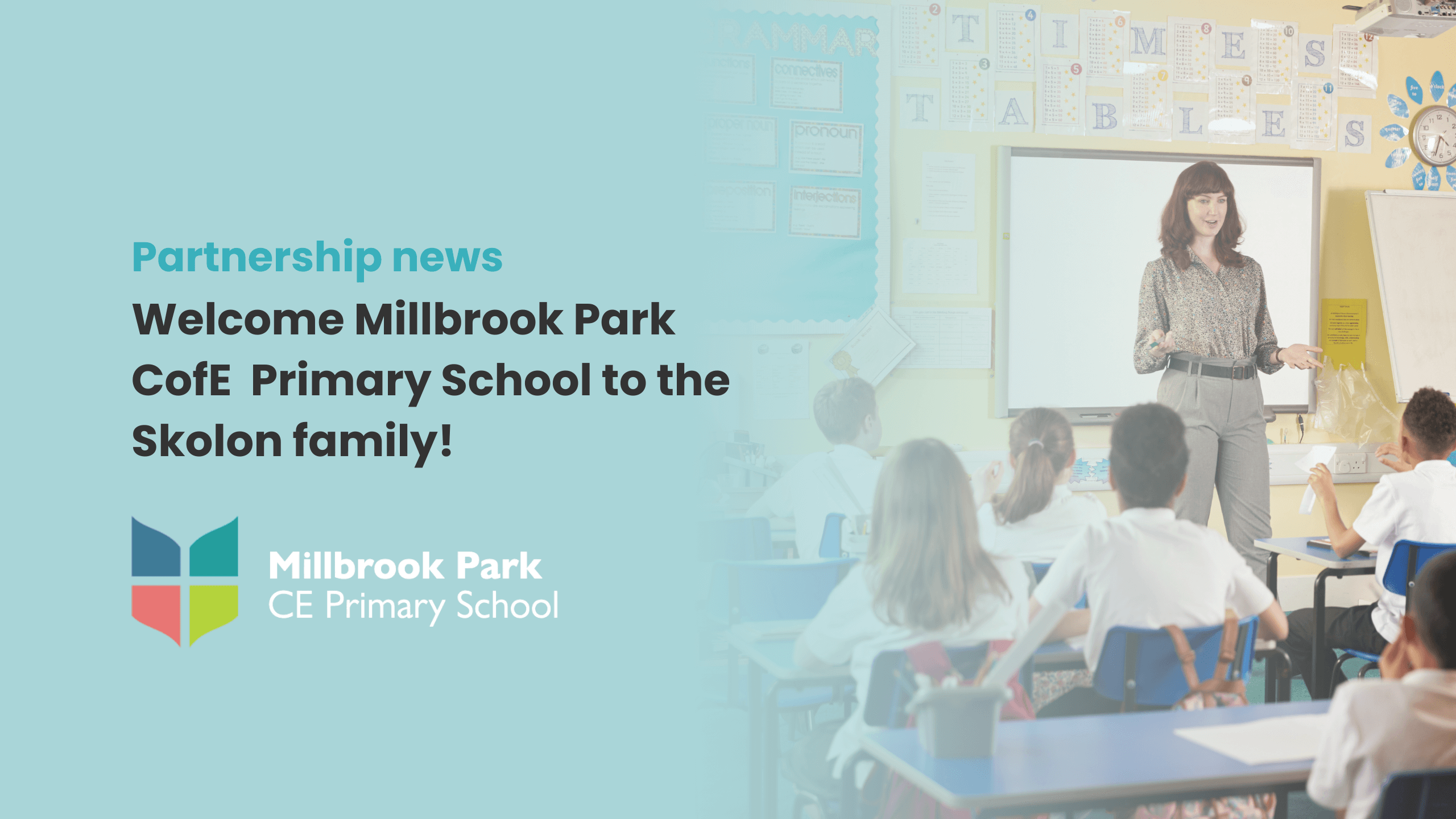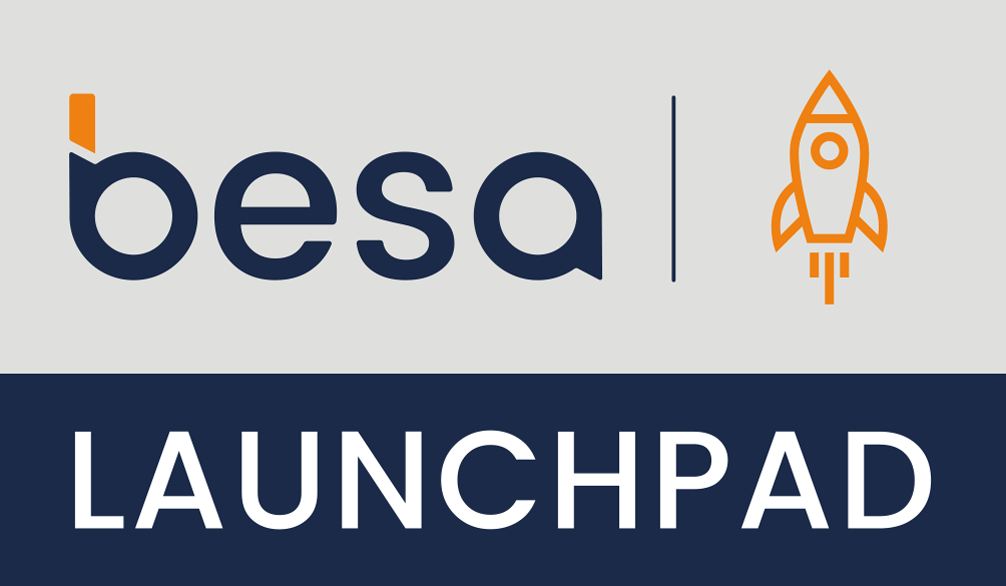BeyondLuna – improve the classrooms dynamics and study environment
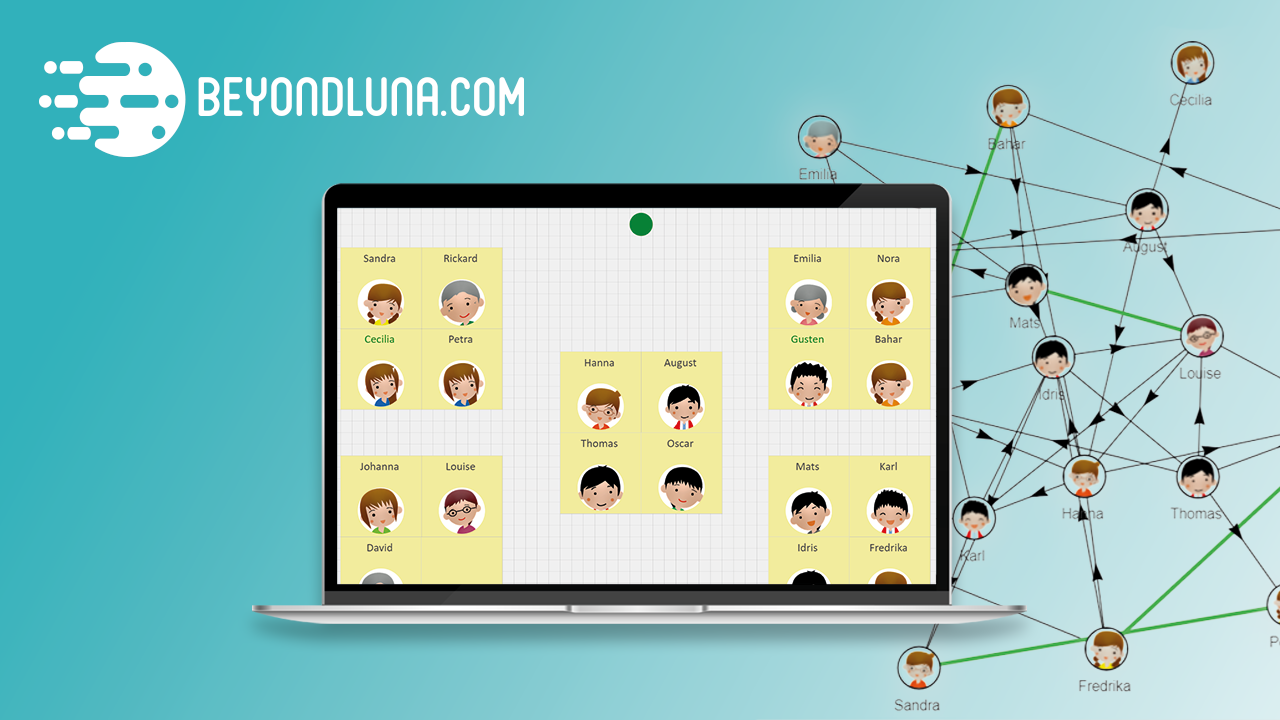

With BeyondLuna, you can quickly and easily create the foundation for improving group harmony, both inside and outside the classroom, in combination with improved studies and study results. Stay tuned and we’ll tell you more!
In Skolons library, you will now find BeyondLuna, together with over 5,000 digital school tools and learning materials. A tool that helps teachers improve group dynamics in school. We had a chat and asked questions to Sara Arnell, a teacher and also product developer at BeyondLuna, to get to know the tool better.
Sara, for those who don’t know – how does BeyondLuna work?
BeyondLuna is a digital tool that helps teachers create good group dynamics and currently consists of 3 different modules: sociogram, self-assessment and classroom seating plan.
With the sociogram module, you never have to create a sociogram with paper and pencil again. By collecting the answers digitally, you can involve your students in a fun way. Do it either with your computer, tablet, phone or email by a link to the students so they can answer completely themselves via their device. The tool then helps you draw up a sociogram that simply gives you an insight and overview of how the relationships are within the group. It is easy to filter and visualise the different constellations of the group, but most important of all to identify which students are excluded.
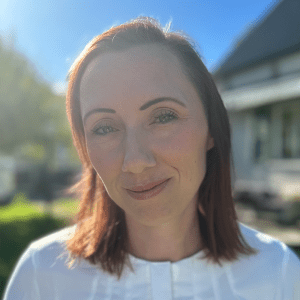
In the self-assessment module, you can send out questions where the students can estimate their abilities and make personal rates on different topics. Its easy to follow up on the students answers, both at group level and individually. Since everything is saved digitally, you can easily go back and compare with previous estimates to see if the measures put in place helped. The collection is beneficial to combined with the collection of sociograms.
In the seating planning module you can have all your placements for different groups digitally stored in one place. Set up which rules should apply, for example which students should or should not be allowed to sit next to each other, and then let our generator optimize the classroom placement. If no rules are needed, a completely random placement is generated. Then export the placement as an image, either from the student’s or the teacher’s perspective. Perfect when a new group is meeting, when changing places or for substitute teachers.
Sounds like useful tools! But who can use BeyondLuna?
The tools suit you as a primary school teacher or your colleague who works with student health to help students with special needs. The questions for sociograms and self-assessment are created in the tools, which means that the field of use is almost unlimited. Likewise, the layout of the classrooms is designed in a design tool. This makes the tool as valuable for the teacher as for the students.
What possibilities are there in using your tool in teaching?
With BeyondLuna, you can quickly and easily create the basis for improving group harmony both inside and outside the classroom, with associated study relaxation and improved study results. This makes the tool useful in all subjects.
This is why BeyondLuna is part of Skolon:
To be able to reach out to users more easily, but also that we have seen how we supplement the existing library of tools in Skolon in a good way. We think Skolon seems to be a fantastic platform for teachers and students. We are convinced that this type of collective administration of students and class structures and common logins between all the school’s tools is necessary.
See more of BeyondLuna:
This is Skolon – we gather the best digital educational tools and make them work in the classroom.
Skolon is an independent platform for digital educational tools and learning resources, created for both teachers and students. With Skolon, accessing and using your digital educational tools is easy – security increases, administration decreases, and there’s more time for learning.
The digital educational tools come from both small and large providers, all of whom have one thing in common – they create digital educational tools that are beneficial for the school environment.
Information
Share this story
Subscribe
Would you like our newest articles delivered to your inbox? Sign up now!
With BeyondLuna, you can quickly and easily create the foundation for improving group harmony, both inside and outside the classroom, in combination with improved studies and study results. Stay tuned and we’ll tell you more!
In Skolons library, you will now find BeyondLuna, together with over 5,000 digital school tools and learning materials. A tool that helps teachers improve group dynamics in school. We had a chat and asked questions to Sara Arnell, a teacher and also product developer at BeyondLuna, to get to know the tool better.
Sara, for those who don’t know – how does BeyondLuna work?
BeyondLuna is a digital tool that helps teachers create good group dynamics and currently consists of 3 different modules: sociogram, self-assessment and classroom seating plan.
With the sociogram module, you never have to create a sociogram with paper and pencil again. By collecting the answers digitally, you can involve your students in a fun way. Do it either with your computer, tablet, phone or email by a link to the students so they can answer completely themselves via their device. The tool then helps you draw up a sociogram that simply gives you an insight and overview of how the relationships are within the group. It is easy to filter and visualise the different constellations of the group, but most important of all to identify which students are excluded.

In the self-assessment module, you can send out questions where the students can estimate their abilities and make personal rates on different topics. Its easy to follow up on the students answers, both at group level and individually. Since everything is saved digitally, you can easily go back and compare with previous estimates to see if the measures put in place helped. The collection is beneficial to combined with the collection of sociograms.
In the seating planning module you can have all your placements for different groups digitally stored in one place. Set up which rules should apply, for example which students should or should not be allowed to sit next to each other, and then let our generator optimize the classroom placement. If no rules are needed, a completely random placement is generated. Then export the placement as an image, either from the student’s or the teacher’s perspective. Perfect when a new group is meeting, when changing places or for substitute teachers.
Sounds like useful tools! But who can use BeyondLuna?
The tools suit you as a primary school teacher or your colleague who works with student health to help students with special needs. The questions for sociograms and self-assessment are created in the tools, which means that the field of use is almost unlimited. Likewise, the layout of the classrooms is designed in a design tool. This makes the tool as valuable for the teacher as for the students.
What possibilities are there in using your tool in teaching?
With BeyondLuna, you can quickly and easily create the basis for improving group harmony both inside and outside the classroom, with associated study relaxation and improved study results. This makes the tool useful in all subjects.
This is why BeyondLuna is part of Skolon:
To be able to reach out to users more easily, but also that we have seen how we supplement the existing library of tools in Skolon in a good way. We think Skolon seems to be a fantastic platform for teachers and students. We are convinced that this type of collective administration of students and class structures and common logins between all the school’s tools is necessary.
See more of BeyondLuna:
This is Skolon – we gather the best digital educational tools and make them work in the classroom.
Skolon is an independent platform for digital educational tools and learning resources, created for both teachers and students. With Skolon, accessing and using your digital educational tools is easy – security increases, administration decreases, and there’s more time for learning.
The digital educational tools come from both small and large providers, all of whom have one thing in common – they create digital educational tools that are beneficial for the school environment.
Share this story
Subscribe
Would you like our newest articles delivered to your inbox? Sign up now!

